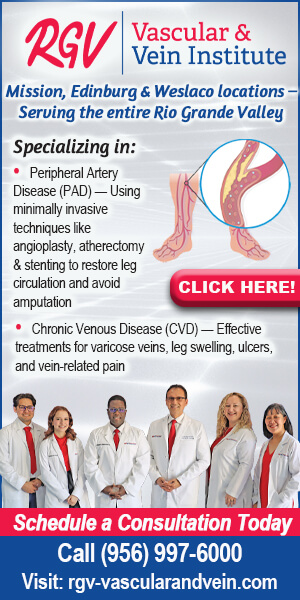
Mega Doctor News
CDC – Alzheimer’s disease is a progressive form of dementia that affects nearly 6.5 million people in the United States.1 It involves parts of the brain that control thought, memory, and language. It begins with mild memory loss and can lead to losing the ability to carry on a conversation and respond to the environment. Memory problems are one of the first warning signs of Alzheimer’s disease and related dementias, and people with the disease can eventually lose the ability to carry on a conversation and respond to the environment.
Alzheimer’s disease is not a normal part of aging, and scientists are working to understand its causes and develop effective treatments. More evidence is emerging that healthy behaviors lower the risk for Alzheimer’s.
The Connection Between Lifestyle and Alzheimer’s
Promoting healthy aging and reducing the risk of dementia is a national priority. Goal 6 of the National Plan to Address Alzheimer’s Disease promotes health behaviors such as increasing physical activity, eating a healthy diet, and quitting cigarette smoking and excessive drinking.3
A CDC study of eight risk factors for Alzheimer’s disease (high blood pressure, physical inactivity, obesity, diabetes, depression, smoking, hearing loss, and binge drinking) among adults 45 and older found the following4:
- Nearly half of adults had high blood pressure or did not meet the aerobic physical activity guideline.
- Adults with subjective cognitive decline—worsening confusion or memory loss in the previous year—were more likely to report at least four risk factors (34.3%) than those without cognitive decline (13.1%).
- 3.9% of adults with no risk factors reported subjective cognitive decline, while 25.0% of those with at least four risk factors reported cognitive decline.
- Several modifiable risk factors were more common among African American, Hispanic, and American Indian or Alaska Native populations than other races and ethnicities.
In addition, a University of Minnesota study attributed 41% of dementia cases to 12 modifiable lifestyle factors. Among the 12 lifestyle factors, obesity, high blood pressure, and lack of exercise contributed the most to risk of dementia.5 Reducing these modifiable risk factors could reduce dementia prevalence.
How You Can Reduce Your Risk of Alzheimer’s
You can help reduce your risk of Alzheimer’s by making healthy lifestyle choices. Here’s what you can do:
- Prevent and manage high blood pressure. Tens of millions of American adults have high blood pressure, and many do not have it under control.
- Manage blood sugar. Learn how to manage your blood sugar if you have diabetes.
- Maintain a healthy weight. Healthy eating and regular physical activity can help you maintain a healthy weight.
- Be physically active. Physical activity can improve thinking, reduce risk of depression and anxiety, and help you sleep better.
- Quit smoking. Quitting smoking now may help maintain brain health and can reduce your risk of heart disease, cancer, lung disease, and other smoking-related illnesses. Free Quitline: 1-800-QUIT-NOW (1-800-784-8669)
- Avoid excessive drinking. If you drink, do so in moderation.
- Prevent and correct hearing loss. Make sure to talk to a hearing care professional to treat and manage hearing loss.
- Get enough sleep. A third of American adults report that they usually get less sleep than the recommended amount. How much sleep do you need? It depends on your age.
If it seems overwhelming to make all these changes at once, try making them gradually. For example, getting an extra 30 minutes of sleep at night, getting an annual physical exam, or simply taking a walk every day may make a big difference to your cognitive health.6









